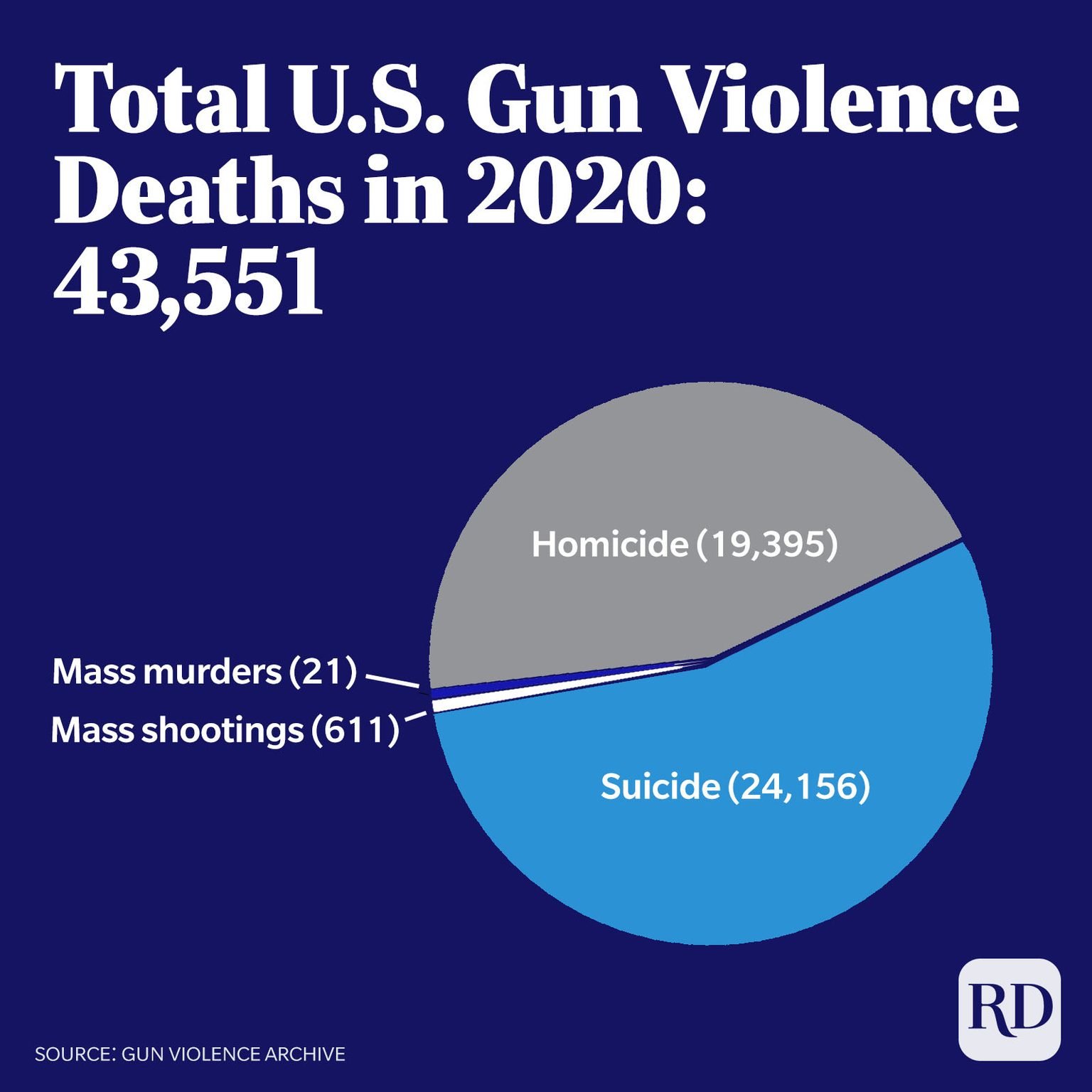Gun Violence in the USA: A Statistical Overview
In this auspicious occasion, we are delighted to delve into the fascinating issue of Gun Violence in the USA: A Statistical Overview. Let’s explore meaningful data and provide readers with fresh ideas.
Video about Gun Violence in the USA: A Statistical Overview
Gun Violence in the USA: A Statistical Overview

Gun violence is a persistent and complex issue in the United States, with devastating consequences for individuals, families, and communities. The use of firearms in violent crimes has been a pressing concern for policymakers, law enforcement agencies, and the general public for decades. This article aims to provide an in-depth analysis of gun violence statistics in the USA, exploring the scope of the problem, the most affected demographics, and potential solutions to mitigate this public health crisis.
The Prevalence of Gun Violence in the USA
According to the Centers for Disease Control and Prevention (CDC), there were over 39,000 firearm-related deaths in the United States in 2019. This represents a staggering 10.9 fatalities per 100,000 people, making gun violence one of the leading causes of death in the country. To put this number into perspective, the United States has the 28th-highest rate of firearm-related deaths among developed nations worldwide.
Homicides and Suicides
The CDC also reports that firearm-related homicides and suicides account for the vast majority of gun violence deaths in the USA. In 2019, there were over 14,000 firearm-related homicides and nearly 24,000 firearm-related suicides. Homicides are most prevalent in urban areas, with major cities such as Chicago, Detroit, and St. Louis experiencing some of the highest rates of gun violence. Conversely, suicides are more common in rural areas, where access to mental health services may be limited.
Demographic Disparities
Gun violence disproportionately affects certain demographics, including:
- Young males: According to the CDC, males aged 15-24 are the most likely to die from firearm-related injuries. In 2019, this age group accounted for over 5,000 firearm-related fatalities.
- African Americans: Firearm-related deaths among African Americans are 2.4 times higher than those among Caucasians. In 2019, African Americans accounted for over 6,000 firearm-related fatalities, with homicide being the leading cause.
- Hispanics: Hispanics are also overrepresented in firearm-related fatalities, with over 3,000 deaths reported in 2019.
- Natives: Native Americans experience some of the highest rates of firearm-related deaths, with over 50% of these fatalities resulting from homicides.
Firearm-Related Injuries
Firearm-related injuries are another critical aspect of gun violence in the USA. According to the CDC, over 130,000 people are injured by firearms each year, resulting in billions of dollars in medical expenses and lost productivity.
Mass Shootings
Mass shootings, although rare, are a particularly disturbing aspect of gun violence in the USA. According to the Gun Violence Archive (GVA), a non-profit organization that tracks gun violence data, there were over 400 mass shootings in 2019, resulting in over 1,500 fatalities.
Common-Law States and Gun Violence
Research suggests that Common-Law states with lax gun laws experience higher rates of gun violence than other states. These states often have weaker gun regulation laws, which can contribute to increased firearm availability and circulation, ultimately leading to more gun violence.
Mental Health and Gun Violence
Mental health issues are also closely linked to gun violence. According to a 2019 report by the National Conference of State Legislatures, individuals with mental health conditions are more likely to be victims of gun violence than perpetrators. Furthermore, research suggests that states with stronger mental health care systems experience lower rates of gun violence.
Potential Solutions
Addressing gun violence in the USA will require a multifaceted approach, involving both immediate and long-term solutions, such as:
- Universal Background Checks: Implementing universal background checks for all firearm purchases could help prevent guns from falling into the wrong hands.
- Red Flag Laws: Enacting Red Flag laws, which allow authorities to confiscate firearms from individuals deemed to be at risk of harming themselves or others, can help prevent tragic events.
- Guns-Free Zones: Establishing guns-free zones in schools, public spaces, and workplaces can help reduce the risk of firearm-related incidents.
- Gun Violence Education: Educating the public on gun violence safety and prevention can help raise awareness about this critical issue.
- Strengthening Mental Health Services: Expanding access to mental health services, particularly in rural areas, can help prevent gun-related suicides and violent incidents.
Closure
We hope this article has been enlightening about Gun Violence in the USA: A Statistical Overview. We hope this article has added value to your knowledge. Until the next article!.